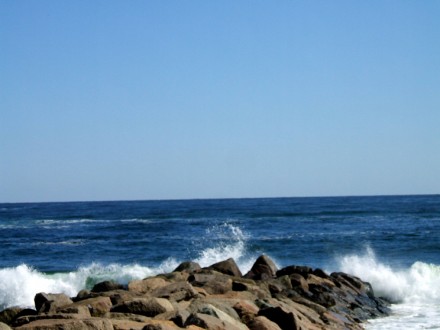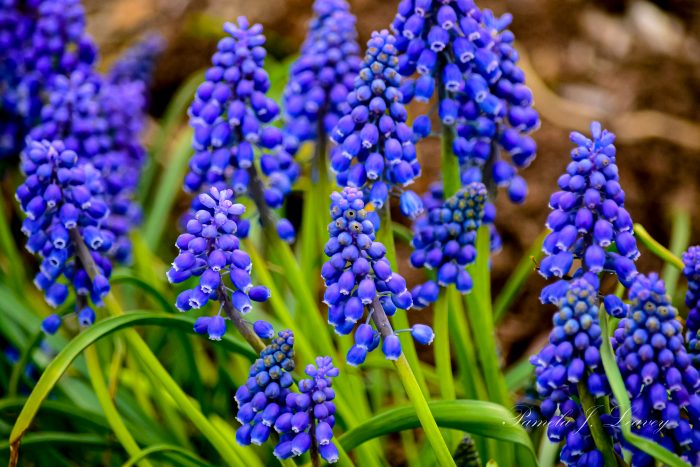Plum Island Washes Out to Sea
March 27, 2009
There’s a natural flow of tides that causes erosion on all beaches. Add to that storms and other natural effects and the landscape of a beach is constantly changing. I can remember as a child camping on Sandy Point on Plum Island (Newburyport, MA) and claiming a rock as my own. Much to my chagrin my rock was no where to be founf the following summer when my family set up camp on the Point for the summer.
While I was down in Newburyport last weekend I drove down to Plum Island because I had heard there had been problems there with homes built on the water front being at risk. The photo below is of the jetty at the Center Beach on Plum Island:

North Shore Magazine has an article about the situation on Plum Island: Last Days of Plum Island?
The romance and tranquility of Plum Island has lured homeowners to its long stretch of open shores for decades. But could the natural forces that spawned an entire community now threaten its very existence?
I’ve always been an ocean person, which is part of the reason I moved from Los Angeles, after nearly years there, back to the East Coast, to Eastport, Maine. I wanted to live near the ocean and that goal was unattainable in Los Angeles. However, watching homes slide of steep hills in Los Angeles during mudslide season, or get caught in wildfires and burn to the ground, I ofter wonder why people risk building and living in certain areas.
It stands to reason that Plum Island can only sustain so many large homes at the edge of the dunes before something happens and homes either wash out to sea or are at risk. The debate over what to do about Plum Island homes is tough one. There’s only so much dredging and nourishing of dunes that can be done, and then nature will take it’s course again.
Plum Island hosts a beautiful National Wildlife Reserve which “consists of 4,662 acres (1,883 hectares) of diverse upland and wetland habitats including sandy beach and dune, shrub/thicket, bog, swamp, freshwater marsh, salt marsh and associated creek, river, mud flat, and salt panne.”
These and other refuge habitats support varied and abundant populations of resident and migratory wildlife including more than 300 species of birds and additional species of mammals, reptiles, amphibians, insects, and plants.
I hope residents of Plum Island find a way to preserve their homes with out disrupting the essence of nature that makes Plum Island so very special.






